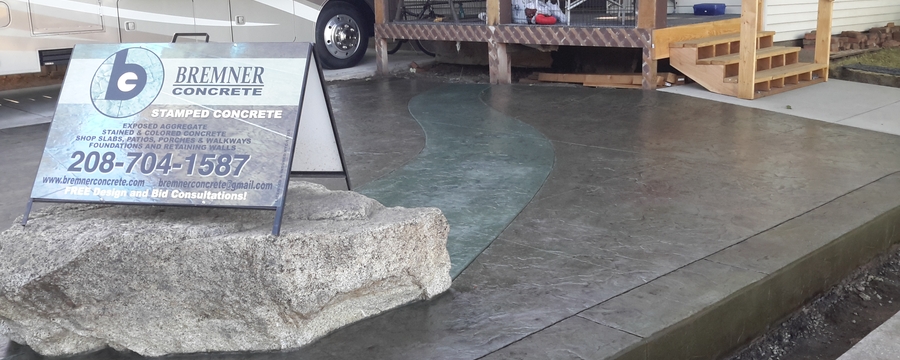AGGREGRATE
Construction aggregate concrete , or simply "aggregate", is a broad category of coarse particulate material used in construction, including sand, gravel, crushed stone, slag, recycled concrete and geosynthetic aggregates. Aggregates are the most mined materials in the world. Aggregates are a component of composite materials such as concrete and asphalt concrete; the aggregate serves as reinforcement to add strength to the overall composite material. Due to the relatively high hydraulic conductivity value as compared to most soils, aggregates are widely used in drainage applications such as foundation and French drains, septic drain fields, retaining wall drains, and road side edge drains. Aggregates are also used as base material under foundations, roads, and railroads. In other words, aggregates are used as a stable foundation or road/rail base with predictable, uniform properties (e.g. to help prevent differential settling under the road or building), or as a low-cost extender that binds with more expensive cement or asphalt to form concrete.
Preferred bitumenous aggregate sizes for road construction are given in EN 13043 as d/D (where the range shows the smallest and largest square mesh grating that the particles can pass). The same classification sizing is used for larger armour stone sizes in EN 13383, EN 12620 for concrete aggregate, EN 13242 for base layers of road construction and EN 13450 for railway ballast.

